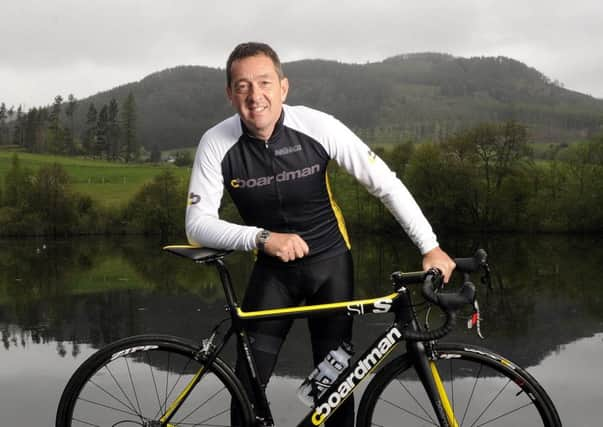Radical new ‘zebra crossings’ enforce pedestrians’ right of way – Alastair Dalton


Everyone needs to cross the road. This obvious fact can be overlooked when we take our place in the street hierarchy as a driver, cyclist or pedestrian.
Roads are simply a means to an end and, however we travel, we seem to want precedence over those other groups, even if we may be part of them too when making other journeys.
Advertisement
Hide AdAdvertisement
Hide AdSome drivers fail to let other motorists pull out in front of them from side roads, jump red lights or block cycle lanes. Some cyclists ignore red lights, ride on the pavement to beat traffic queues or ignore one-way signs. Some pedestrians are no better, failing to look before stepping off the kerb, forcing vehicles to brake by blithely crossing in front of them or sauntering along oblivious to all around them, transfixed by their phone screens.
Of course, pointing the finger at all three groups is not to equate the potential consequences. All might be break a law or compromise road safety, but drivers are the most likely
to cause injury. But pedestrians, without the protection of a metal box around them or even a crash helmet, are the most vulnerable to being potential victims, whether or not self-inflicted.
To an extent, road design takes account of that, with those on foot able to hold up the traffic at the press of a button at pelican crossings. It’s a great leveller – so long as vehicles or cyclists don’t ignore the lights and pedestrians don’t decide to chance their arm because they can’t be bothered to wait for the green man.
However, it’s not feasible to site such crossings everywhere people want to cross, and in some areas, such as Glasgow, the wait time for the lights to change is outrageously skewed towards vehicles – so it’s not surprising many pedestrians cross on red.
It’s in this context that proposals by former Olympic cycling gold medallist and Manchester cycling and walking commissioner Chris Boardman look so welcome. He has challenged official UK Government policy that zebra crossings must include costly beacons and zig-zag markings by proposing a pared-down version of black and white lines across a road for a fraction of the price. The “Beelines” plan involves such crossings at every side road, “encouraging people to cross roads with priority and without fear,” he said. They would cover 1,000 miles of road in the city in what would be the biggest project of its type in the UK.
Boardman, who has the backing of the city’s mayor, Andy Burnham, said they would cost £300 compared to £30,000 for a zebra crossing. I’ve written before about such crossings being common in countries like France, where they are found on every street corner.
Boardman said they would enforce pedestrians’ right of way. Rule 170 of the Highway Code states: “Watch out for pedestrians crossing a road into which you are turning. If they have started to cross they have priority, so give way.”
Advertisement
Hide AdAdvertisement
Hide AdI’m told Scottish Government officials see potential merit in such crossings if they are proved in trials to work in the UK. Transport Scotland told me: “We would be interested in the results of any trials that are completed on these layouts, as any changes to design standards would be evidence led. We are keen to understand how any potential change may contribute to greater numbers of walkers and cyclists, including disabled people, making journeys in our towns and cities.”
Such crossings would be a simple signal that would make drivers look out for pedestrians and stop to let them cross, rather than the other way round.
